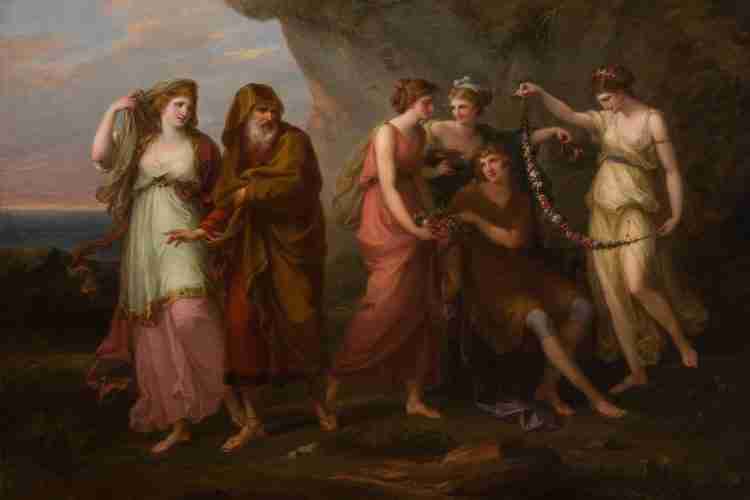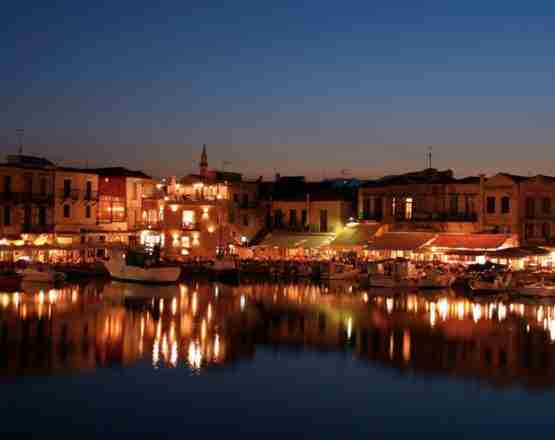The Odyssey of the Bull

The Sanskrit word Go (bull – गो): could it be part of root of the English word “god”? Gud in Scandinavian, Gott in German?
The earliest survivals of what is, without doubt, the ‘bull cult’ are seen at Neolithic Çatalhöyük (Turkey), flourishing from around 7000 BC. These representations of the bull god take the form of a boy or a young man or even a bearded adult mounted on his sacred bull, with real bull’s horns (in clay heads) mounted on the walls! It is argued that the handsome bull was imposed on the constellation that became Taurus by the Chalcolithic era (around 5000 BC), and was used to herald in the New Year (at the spring equinox) by the Bronze Age (say 4000 BC).
Each culture and civilization paid their homage in different ways:
The Sumerian Epic of Gilgamesh describes the killing by Gilgamesh and Enkidu of the Bull of Heaven (Gugalana husband of Ereshkigal), as an act of defiance of the gods. The bull was lunar in Mesopotamia (its horns representing the crescent moon, something also seen in later years for Dionysus and the Bull).
In Egypt, the bull was worshipped as Apis, the embodiment of Ptah and later of Osiris associated with the sun, light and wisdom. A long series of ritually perfect bulls were identified by the god’s priests, housed in the temple for their lifetime, and then on death were embalmed and encased in a giant sarcophagus in the Searapeum. The bull was also worshipped as Mnewer, the embodiment of Atum-Ra, in Heliopolis. As Ka is both a religious concept of life-force/power and the word describing the bull.
But the bull also played a central role in the oldest known religions of the peoples around the east end of the Mediterranean Sea. The bull seems to have been regarded as the visible agent of the invisible force that moves.
Like in many Asian religions, the bull had been adopted from the earliest days by the Aegean peoples as the symbol of strength and creative energy. With time he became the symbol of the Great God, who was a counterpart to the Great Goddess and played, as such, a very important role in the Cretan legends. Some of the most iconic emblems of the Minoan World involve the bull – let alone his appearance in legend and myth. The Minotaur of Crete is analogous perhaps to the bull god of the Elamites, or Enki of the Sumerians – “the wild bull of heaven and earth”.
For the latter, that is historical, Greeks, the bull was strongly linked to the Bull of Crete. First, in his seventh labour, Herakles had to capture the wild white sacred bull of Poseidon, the father of the Minotaur. He did, with Minos’ blessing as the beast was running wild; he took it to Tiryns where upon arrival it escaped. Making its way to the Marathon area, the bull continued to wreak havoc. Until Theseus of Athens captured it again, then sacrificing it in Athens. (Theseus then went on – to Crete, where he in turn slew the Minotaur too.)
Crete again appears in another founding legend. Zeus, in the form of a bull, is of course responsible for the whole identity of Europe. Abducting the princess Europa from Phoenicia, he swam to Crete. From their union, Minos is born – who with his two brothers ruled as mythical kings in Minoan Crete.
In the later Olympian pantheon, bulls make appearances .. sometimes in odd ways: thus Hera’s epithet Bo-opis is usually translated “ox-eyed”. Dionysus, a god of resurrection, was strongly linked to the bull. In a cult hymn from Olympia, sung at a festival for Hera, Dionysus is also invited to attend – as a bull, with bull-foot raging. “Quite frequently [Dionysus] is portrayed with bull horns, and in Kyzikos he has a tauromorphic image,” Walter Burkert notes, and refers also to an archaic myth in which the God Dionysus is slaughtered as a bull calf, and impiously eaten by the Titans.
This force of life/change/pure energy is met again as the bull – as the main animal associated with the very late Hellenistic and mainly Roman syncretic cult of Mithras, in which the killing of the astral bull, the tauroctony, was as central to the cult as the Crucifixion was to contemporary Christians!
One must not forget the biblical episode of the Golden Calf. The Golden Calf was made and worshipped by the Hebrew people in the wilderness of Sinai in a moment of weakness, when Moses had left them to ascend Mount Sinai. On returning, Moses utterly destroyed the image (Book of Exodus).
But in many Christian traditions, Nativity scenes show a bull or an ox attending the baby Jesus, as he lies in a manger. The beast of untrammelled nature and unbridled fury has finally become meek and mild before the Son of God!
In this taurine Odyssey, the luminous, numinous constellation that captured the imagination and inspired the cultures of the prehistoric past has been gradually harnessed and reduced as humans have sought down the centuries to understand and claim the cosmos for themselves.


